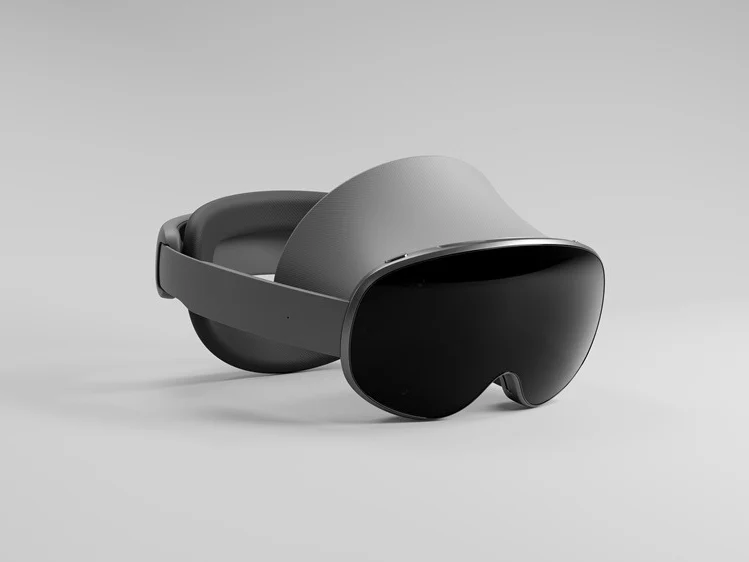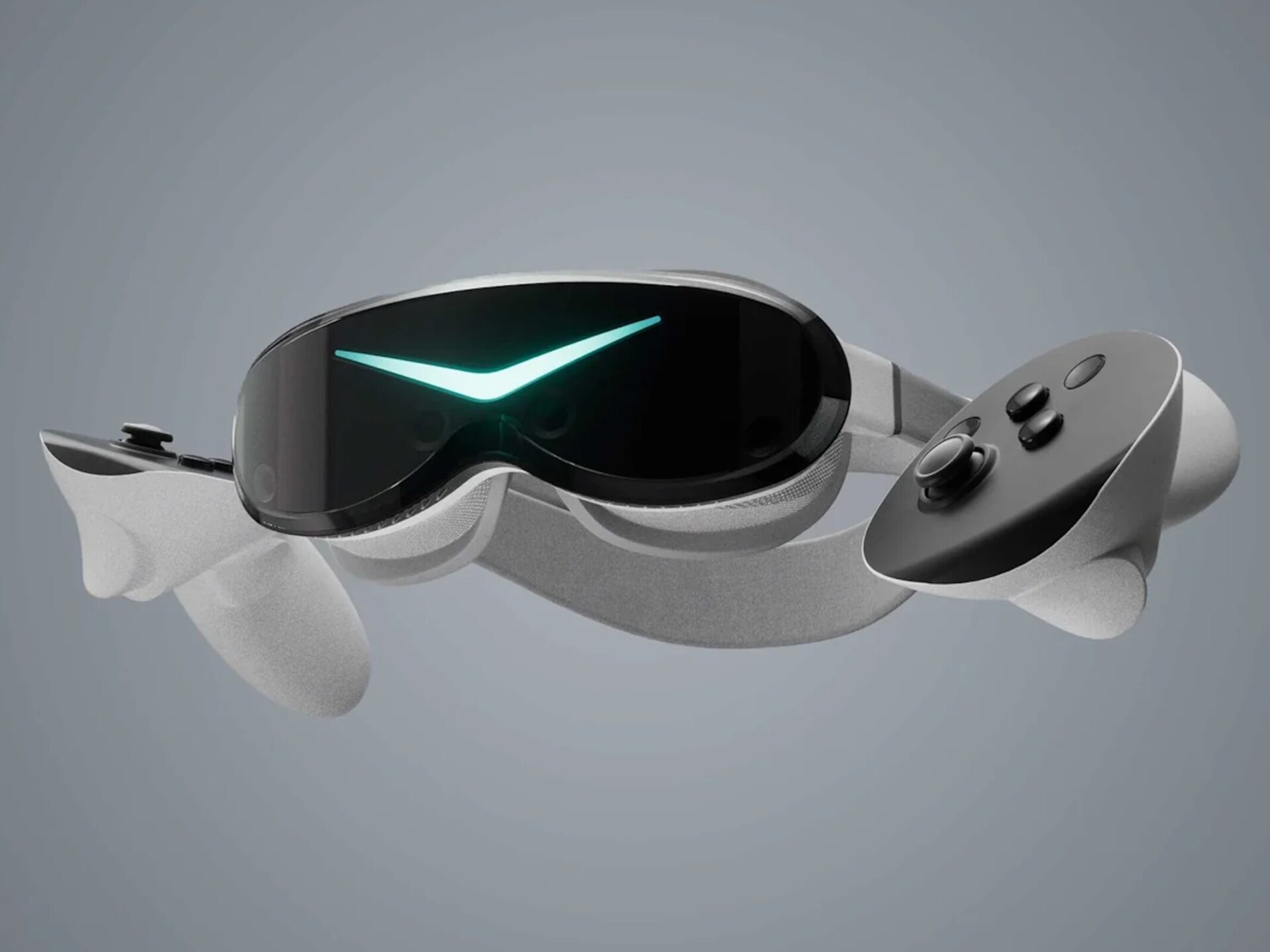Key Takeaways
1. Samsung Display revealed new RGB OLEDoS panels aimed at improving extended-reality headsets, exceeding the previous 5,000-nit prototype.
2. The standout 1.4-inch screen features a remarkable 5,000 PPI, peak brightness of 15,000 nits, 120 Hz refresh rates, and covers 99% of the DCI-P3 color gamut.
3. A new variant with 4,200 PPI has achieved a record brightness of 20,000 nits, doubling the brightness of earlier models.
4. The micro-OLED technology used enhances efficiency and color vibrancy by eliminating the white-OLED-plus-filter layering seen in current displays.
5. Despite advancements, true-RGB micro-OLED remains costly to produce, with commercial headsets still using Sony’s 4K technology for the time being.
Samsung Display recently showcased a new line of RGB OLEDoS panels at Display Week 2025, aimed at enhancing the experience of extended-reality headsets. Their latest plans extend past the 5,000-nit prototype introduced last year, highlighting a vision that combines ultra-high pixel density with outstanding brightness.
Impressive Display Features
The star of the show was a compact 1.4-inch screen boasting an incredible 5,000 PPI, which offers more pixels than an 8K television in a space similar to that of a smartwatch. Despite its small size, this screen achieves a peak brightness of 15,000 nits, supports 120 Hz refresh rates, and covers 99 percent of the DCI-P3 color gamut—specifications tailored for the high demands of mixed-reality eyewear, rather than traditional living-room televisions.
New Brightness Levels
Additionally, Samsung unveiled a variant with 4,200 PPI that elevates brightness to an astonishing 20,000 nits, setting a new record for RGB OLEDoS panels. Previous models were limited to 5,000 nits in 2024 and reached 10,000 nits at CES 2025, meaning that this latest prototype has doubled the brightness achieved just five months ago.
Both screen types utilize direct-emission red, green, and blue sub-pixels on a silicon backplane. This method—commonly referred to as micro-OLED or OLEDoS—eliminates the white-OLED-plus-filter layering used in current displays from Apple and Sony, enhancing efficiency, color vibrancy, and overall brightness. The advancements for Samsung stem from their acquisition of eMagin in 2023, featuring sample resolutions of 3,888 × 3,888 and a native 5K option, each fully covering the DCI-P3 color space.
Context for Brightness
However, simply citing brightness figures lacks significance without context. Modern pancake optics tend to waste about 90 percent of incoming light, and low-persistence techniques, designed to minimize motion blur, further reduce the perceived brightness. A 5,000-nit micro-OLED might deliver around 100 nits to the viewer’s eye, while Samsung’s 15,000- and 20,000-nit displays could increase that to approximately 300–400 nits. This could allow manufacturers to shorten duty cycles, enhancing motion clarity without diminishing brightness.
Despite these impressive advancements, true-RGB micro-OLED remains expensive to produce, leading Samsung to classify the new displays as research and development units. Commercial headsets set to launch later this year will continue to depend on Sony’s upgraded 4K micro-OLED technology. Nevertheless, Samsung’s prototypes indicate that the potential for higher XR image quality is advancing rapidly, even if material costs may rise.
Source:
Link



